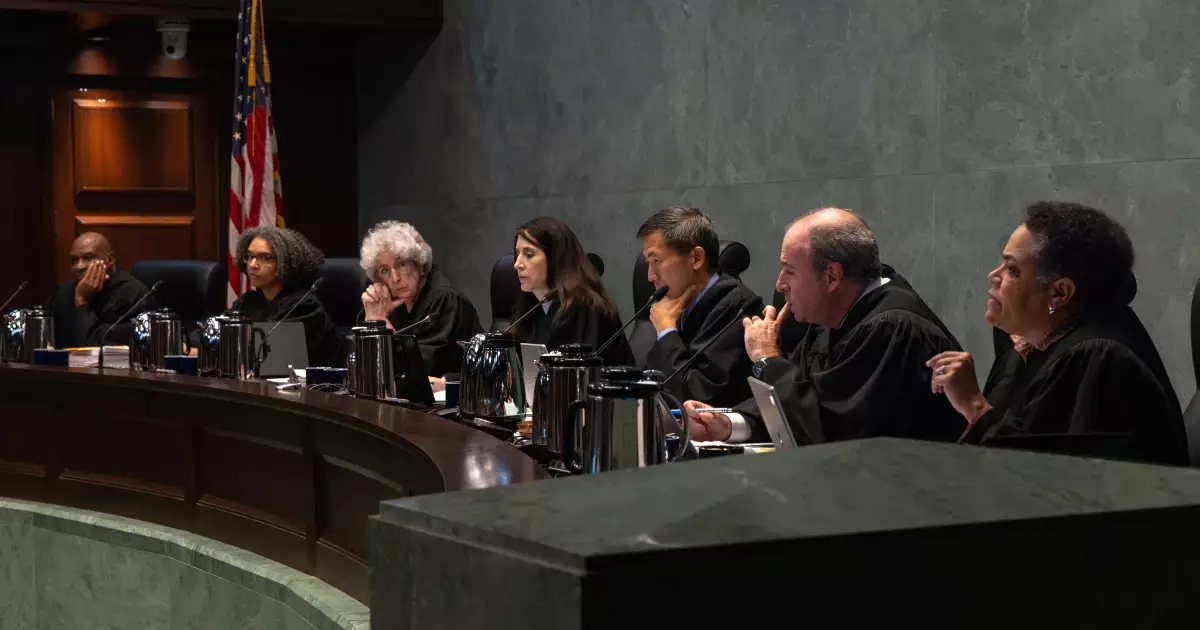The California Supreme Court recently announced that it will be reviewing a case that challenges retirement reforms that were put in place by state lawmakers over a decade ago. This decision has reignited the debates surrounding pension spiking, a contentious issue that had previously been addressed in a 2020 ruling on an Alameda County case. The case in question, titled Ventura County Employees’ Retirement Association v. Criminal Justice Attorney’s Association of Ventura County, specifically addresses whether unused vacation cash-outs that span multiple years should be factored into the calculation of retirement benefits.
The Santa Barbara County Superior Court initially ruled in favor of VCERA, a decision that was later upheld by the California Second District Court of Appeal. However, the Supreme Court’s decision to take up the case has raised significant questions about the interpretation of the Public Employees’ Pension Reform Act of 2013. The exclusion of certain forms of compensation, such as unused vacation days, from pension calculations has been a point of contention, with some arguing that it constitutes pension spiking.
In the aftermath of the 2008 economic crash, many local governments in California introduced second employee pension tiers with reduced benefits for new employees. This move was part of a broader effort to address mounting pension liabilities and ensure the long-term sustainability of public pension funds. However, legal challenges, such as the Ventura County case, have underscored the complexities of pension reform in a state where existing employee benefits are shielded by the so-called “California Rule.”
The California Supreme Court’s decision to revisit the issue of pension spiking in the Ventura County case marks a significant development in the ongoing debate over retirement reforms in the state. The court’s previous ruling in the Alameda County case affirmed the constitutionality of changes introduced by the Public Employees’ Pension Reform Act of 2013. This decision had far-reaching implications for county retirement systems, prompting them to implement reforms aimed at curbing pension spiking and ensuring the financial stability of pension funds.
As the legal battle over pension reforms continues to unfold, stakeholders across California are closely monitoring the proceedings in the Ventura County case. The outcome of this case could have broader implications for public pension funds and the future of retirement benefits for state employees. The Supreme Court’s scheduled oral arguments for November 9 will provide further clarity on the issues at stake and shape the trajectory of pension reform efforts in California. It remains to be seen how the court will navigate the complex legal and financial considerations surrounding pension calculations and retirement benefits.

